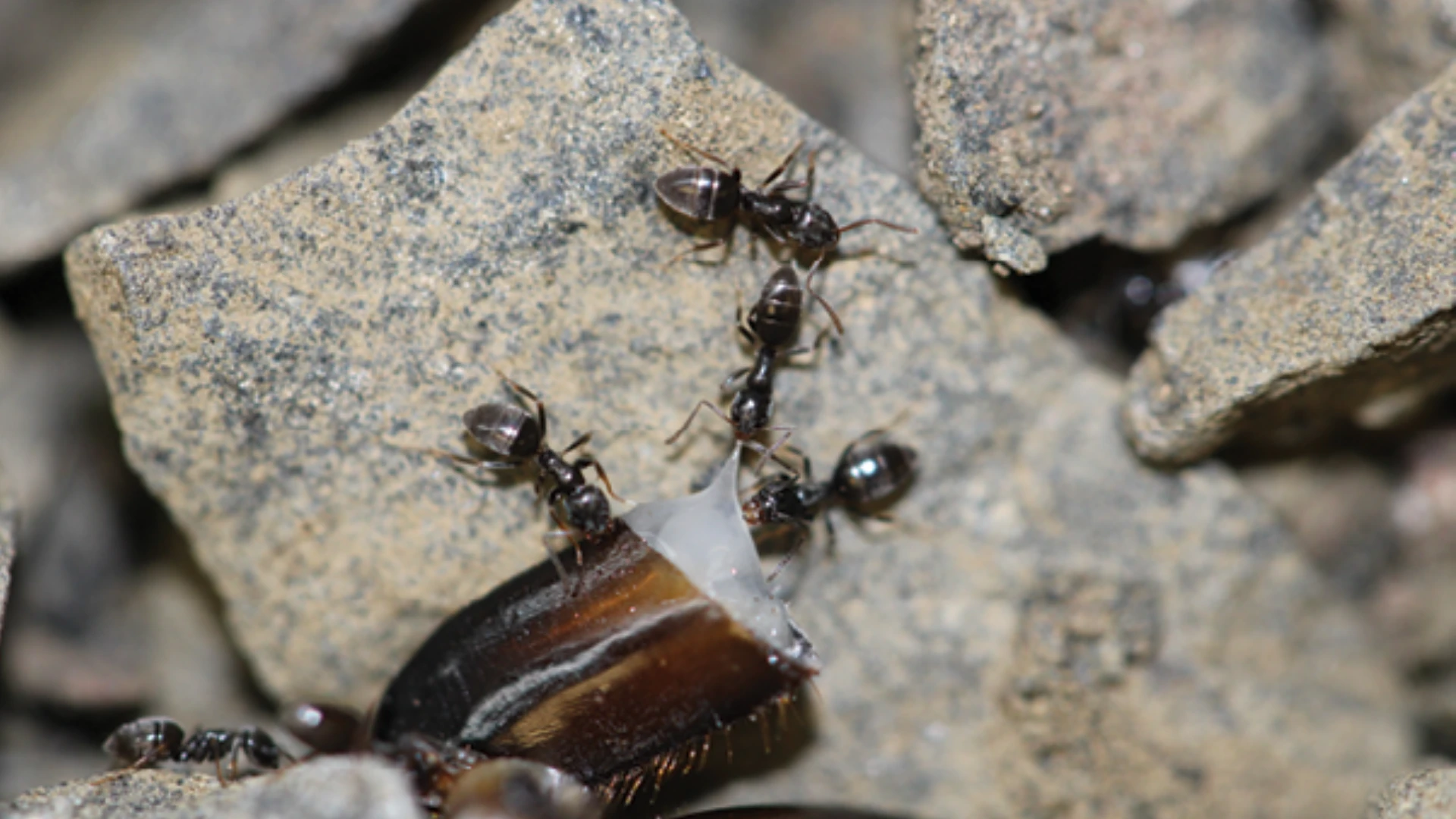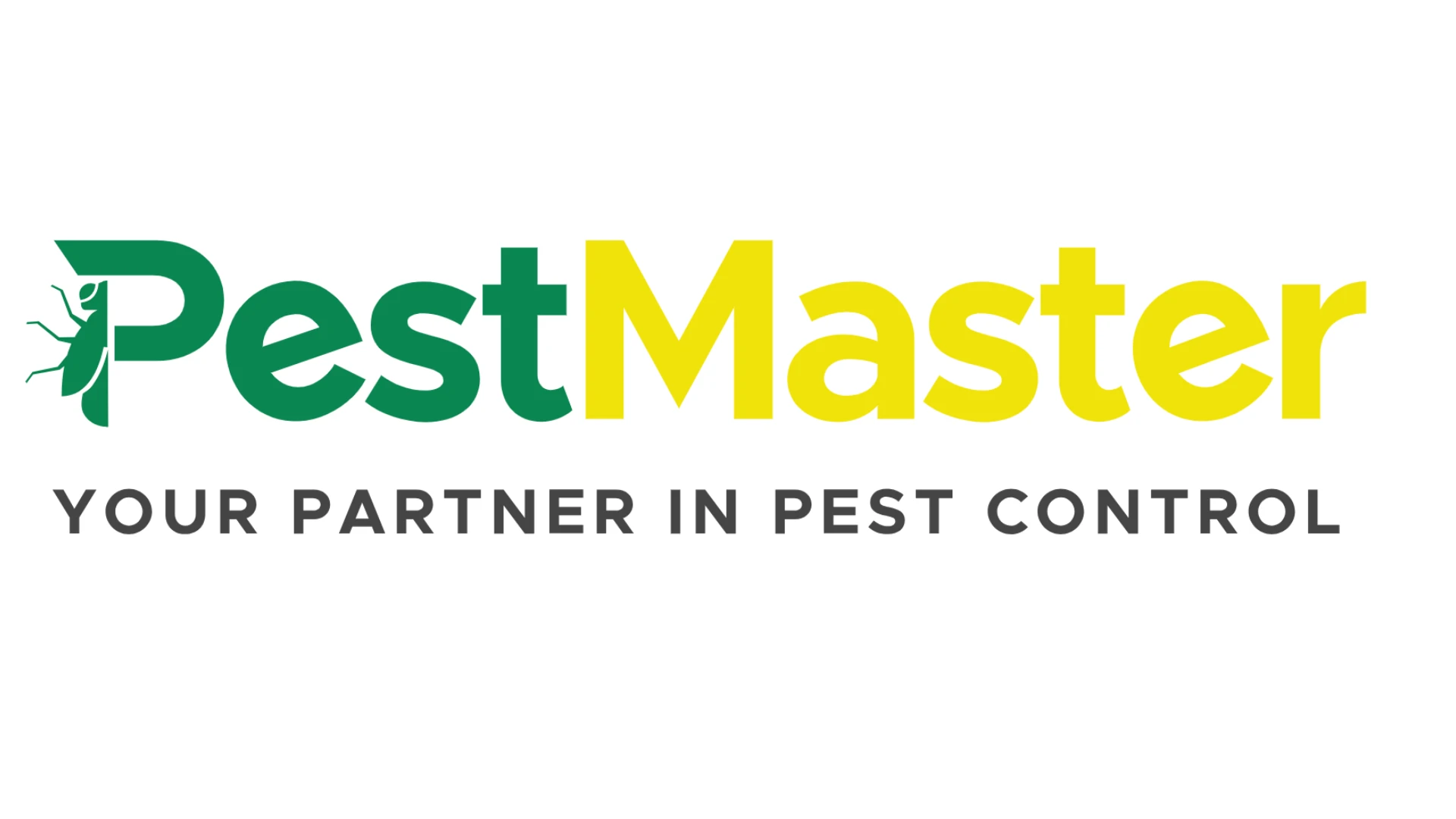Ticks are nasty blood-sucking parasites that produce nuisance effects by their bites and sometimes transmit diseases. They are capable of transmitting a wide variety of disease organisms such as protozoa (babesiosis), viruses (encephalitis and Colorado tick fever) and bacteria (Rocky Mountain spotted fever [RMSF], ehrlichiosis, Lyme disease and tularemia). Ticks seem to especially be associated with spotted fever group rickettsial organisms. In addition, ticks may cause paralysis in humans and animals as a result of salivary toxins injected upon feeding. There are about 16,000 cases of Lyme disease in the U.S. each year and about 600 cases of RMSF. Lyme disease is rarely fatal, but may be long and debilitating; RMSF kills about 20 percent of its victims without treatment and even five percent with treatment.
TICK BIOLOGY. There are three families of ticks recognized in the world today: Ixodidae (hard ticks); Argasidae (soft ticks); and, Nuttalliellidae, a small, curious, little-known group with some characteristics of both hard and soft ticks. The terms "hard" and "soft" refer to the presence of a dorsal scutum or "plate" in the hard ticks, which is absent in soft ticks.
Hard ticks display sexual dimorphism, that is, males and females look obviously different (photo at right). Also, blood-fed females are capable of enormous expansion. An engorged female hard tick gets about as big as a grape! Hard tick mouthparts are anteriorly attached and visible from dorsal view. If eyes are present, they are located dorsally on the sides of the scutum.
Soft ticks are leathery and nonscutate (no dorsal plate), without sexual dimorphism. Their mouthparts are not out on the front edge of the tick in adult and nymphal stages and therefore are not visible from dorsal view. Eyes, if present, are located laterally in folds above the legs.
There are major differences in the biology of hard and soft ticks. Some hard ticks have a one-host life cycle, wherein engorged larvae and nymphs remain on the host animal after feeding; then they molt and subsequent stages reattach and feed. Adults mate on the host animal and only engorged females drop off to lay eggs on the ground.
While some hard ticks complete their development on only one or two hosts, most of the commonly encountered ones have a three-host life cycle. In this case, adults mate on a host (except for some Ixodes ticks) and the fully fed female drops from the host animal to the ground and lays from 2,000 to 18,000 eggs, after which she dies. Eggs hatch in about 30 days into a six-legged seed tick (larval) stage, which feed predominantly on small animals. The fully fed seed ticks drop to the ground and transform into eight-legged nymphs. These nymphs seek an animal host, feed and drop to the ground. They then molt into adult ticks, thus completing the life cycle.
Ticks feed exclusively on blood and begin by cutting a small hole into the host skin with their chelicerae and inserting the hypostome into the cut, thereby attaching to the host. Blood flow is maintained with the aid of an anticoagulant from the salivary glands. Ticks do not have a true head but have mouthparts that look like a head (see photo above). Some hard ticks secure their attachment to the host animal by forming a cement cone around the mouthparts and surrounding skin. Two phases are recognized in the feeding of nymphal and female hard ticks: 1) a growth/feeding stage characterized by slow continuous blood uptake; and, 2) a rapid engorgement phase during the last 24 hours or so of attachment.
The biology of soft ticks differs from hard ticks in several ways. Adult female soft ticks feed and lay eggs several times during their lifetime. Soft tick species may also undergo more than one nymphal molt before reaching the adult stage. With the exception of larval stages of some species, soft ticks do not firmly attach to their hosts for several days like hard ticks — they are adapted to feeding rapidly and then leaving the host.
Many hard tick species "quest" for hosts by climbing blades of grass or weeds and remaining attached, forelegs outstretched, awaiting a passing host. They may travel up a blade of grass (to quest) and back down to the leaf litter where humidity is high (to rehydrate) several times a day. Also, hard ticks will travel a short distance toward a CO2 source. So, when you’re breathing, you’re attracting ticks! Adult ticks are more adept at traveling through vegetation than the minute larvae.
TICK ECOLOGY. Hard ticks and soft ticks occur in different habitats. In general, hard ticks occur in brushy, wooded or weedy areas containing numerous deer, cattle, dogs, small mammals or other hosts. Soft ticks are generally found in animal burrows or dens, bat caves, dilapidated or poor-quality human dwellings (huts, cabins, etc.) or animal-rearing shelters. Many soft tick species thrive in hot and dry conditions, whereas hard ticks are more sensitive to desiccation and are usually found in areas providing protection from high temperatures, low humidity and constant breezes.
Since most hard ticks are sensitive to desiccation, they must practice water conservation. Their skin contains a wax layer that prevents water movement through the cuticle. Water can be lost through the spiracles (breathing holes); therefore, resting ticks keep their spiracles closed most of the time (opening them only once or twice an hour). Tick movement and its resultant rise in CO2 production cause spiracles to open about 15 times an hour with a corresponding water loss.
Development, activity and survival of hard ticks are influenced greatly by temperature and humidity within the tick habitat. Because of their temperature and high humidity requirements, as well as host availability, hard ticks tend to congregate in areas providing those factors. Ecotonal areas (interface areas between forests and fields) are excellent habitats for hard ticks. Open meadows/prairies, along with forest areas, support the fewest ticks. Ecotonal areas and small openings in the woods are usually heavily infested. Deer and small mammals thrive in ecotonal areas, thus providing blood meals for ticks. In fact, deer are often heavily infested with hard ticks in the spring and summer months.
Oddly, ticks are not evenly distributed in nature. There may be large areas in forests with no ticks and small areas (the size of a typical yard) with thousands of them. This uneven distribution is mostly due to activity of their animal hosts. Hard ticks attach to a vertebrate host for several days. Host specificity varies by tick species; some ticks feed on almost any vertebrates, whereas others are closely associated with a particular rodent, bird, reptile, etc. Since engorged ticks usually fall off wherever their hosts spend the most time, the presence of ticks in the environment is largely a function of host activity.
TICK CONTROL. Tick control on animals — i.e., horses, cows, dogs, cats — is a veterinary issue and pest controllers have little, if any, input. However, tick control in a home or yard is certainly the domain of PCOs.
Ticks found inside a house are often brown dog ticks, Rhipicephalus sanguineus, associated with the family pet. Ticks found outside in the homeowner’s yard may be one or more species associated with pets or even wild animals such as raccoons, deer mice and opossums.
A variety of pesticides and formulations are effective against ticks. Liquid or granular residual products can be sprayed or distributed (only according to label directions) for both immediate knockdown and long-term control. I have tested liquid formulations of pyrethroids against ticks on hiking trails in state parks and have found them to be almost 100 percent effective for at least a month.
Keep in mind that when you perform tick control, you are not only controlling a biting pest nuisance, you are reducing the risk of tick-transmitted disease.
The author is a medical entomologist for the Mississippi Department of Health. He can be reached at jgoddard@pctonline.com.

Explore the October 2001 Issue
Check out more from this issue and find your next story to read.
Latest from Pest Control Technology
- Target Specialty Products Expands Sales Leadership Team
- Mosquito Joe Promotes David Price to Vice President of Strategic Growth
- Abell Pest Control Recognized as One of Canada’s Best Workplaces in 2025
- Scorpion Launches Capacity Marketing Engine
- Petti Pest Control Owners Reflect on Finding Success as a Father-Son Duo
- Effective Mitigation of Crow Infestations
- Mosquito Control: Spraying vs. IPM
- Terminix Service's Leaders Inducted into South Carolina Business Hall of Fame





